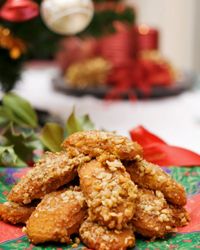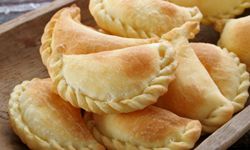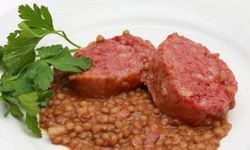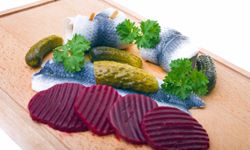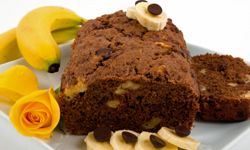When Thanksgiving rolls around, many families in the United States roast a ham or stuff a turkey, and serve them up with sweet or mashed potatoes, gravy, cranberry sauce and pumpkin pie. In other parts of the world, there's not only no tradition of turkey and cranberry sauce, there's also no Thanksgiving.
Happily, each culture has its own holidays and its own traditions. Even when cultures share holidays, like Christmas and New Year's Day, the foods used to celebrate tend to be very different based on history, myth and geography.
Advertisement
The Christmas breads in Greece, for instance, get shaped like the domes of Orthodox churches. In Vietnam, abalone soup marks the lunar New Year.
For a tasty sampling of holiday food traditions around the globe, head to the next section.

